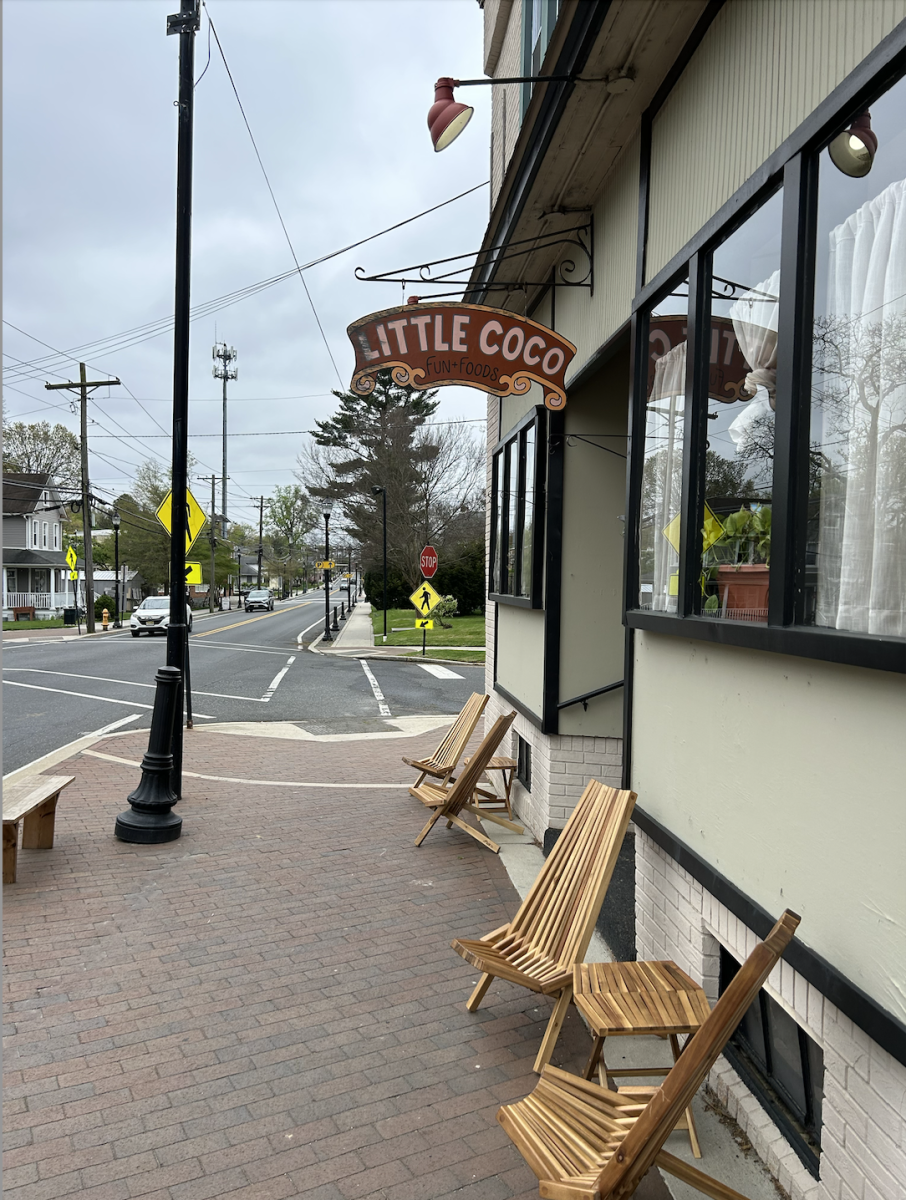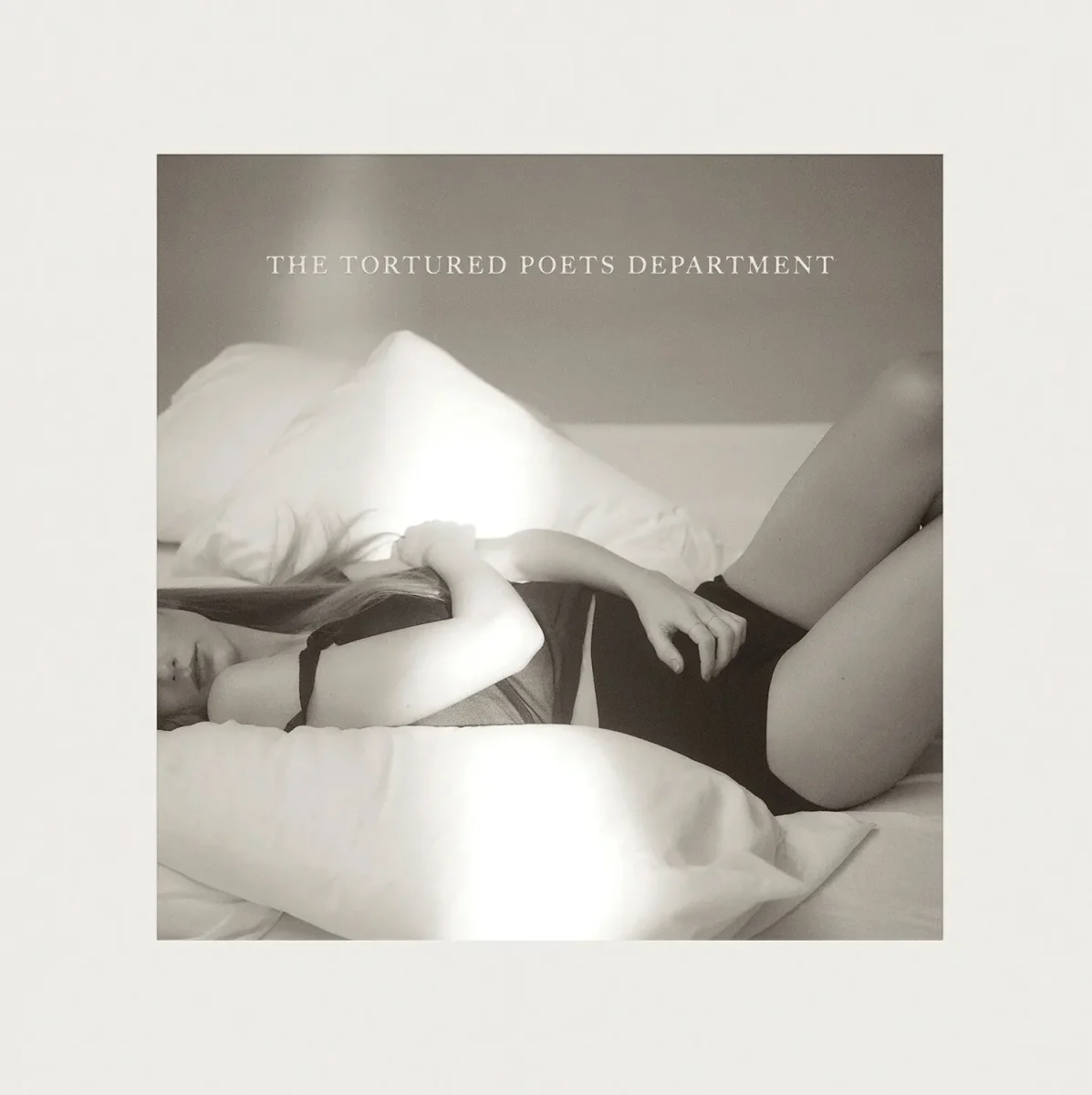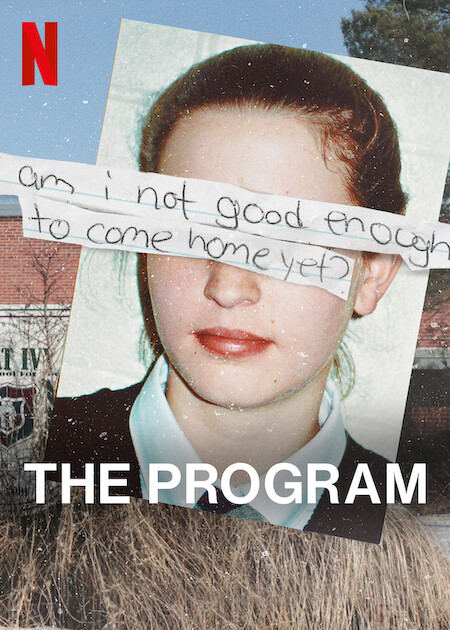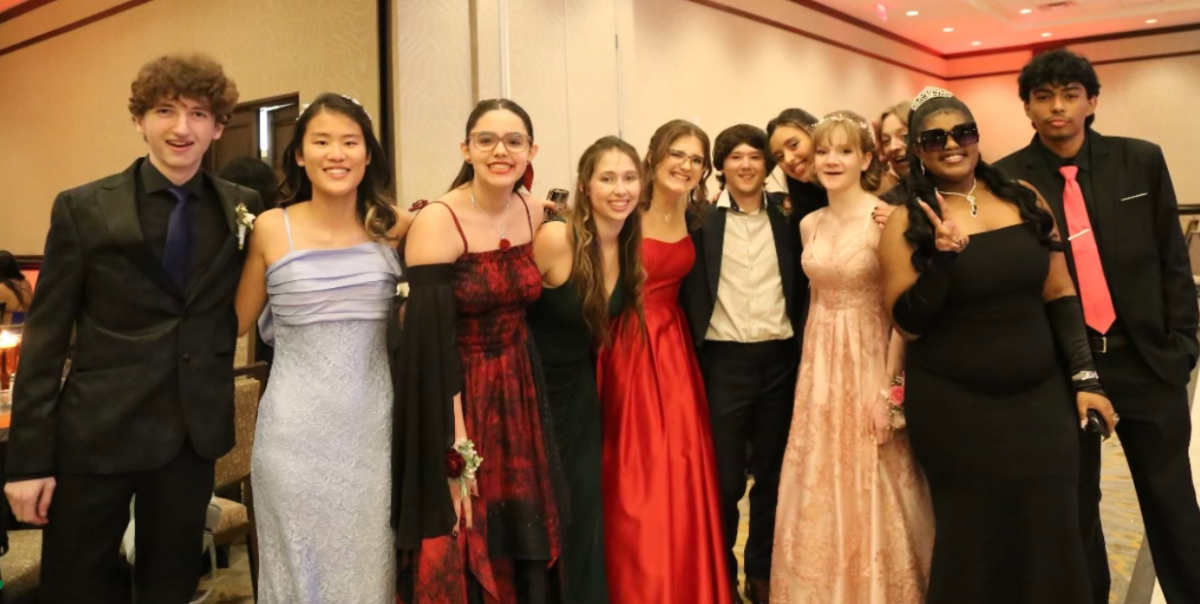After over an hour of an amalgamation of pure genius, spectacular imagery and histrionic, yet divine, performances, is it sad that what looms in my mind the most is George Valentin’s (Jean Dujardin) boyish smile?
The Artist, a modern take on a 1920’s silent film, manages to capture the airy giddiness of the traditional silent film—the over-exaggerated gestures and countenances and the sporadic, banal subtitles—and encrust it over a deep story of an artist struggling to not only survive in a new era (the 1930’s), but also to preclude his fans from falling out of love with his genre: the silent film.
The story opens in 1927 at the opening screening of Valentin’s newest silent film. As we watch him walk onstage to acknowledge the crowd, we get a sense of his cheek, but also, more importantly, his charm. As he traverses up and down and up and down the stage, taking time to flash his pearly whites, blow kisses to admiring gals and finagle a wink at his co-star’s f-you, Valentin’s bravado, at first, seems sassy; but, when he receives a smirk and head-shake from his producer, it becomes evident how well-liked this artist really is. With his charm and the exaggerated accompaniment of his pet dog, which also adds a sort-of boyishly primitive feel to his external character, you start to wonder how exactly the film transitions into a story that delves deeper than the ebullient life of the 20’s; you wonder how exactly a man so beloved by all of society can so suddenly plummet into a demise of pride and lamentation.
The film really begins among the wild crowds awaiting Valentin’s exit from his opening screening. A classically beautiful young lady (Bérénice Bejo) bumps into Valentin, while trying to reach a book she dropped. It is evident that there is a connection between the two right from the start, and, just like him, she certainly is not shy of the spotlight. As she flamboyantly strikes pose after pose for the cameras—she even dares to peck the handsome devil on the cheek—we can sense her vivacity; her forthcoming ambition.
Now, seeking to pursue a career in acting, this resolute flapper—“Peppy Miller, that is”—earns herself a role starring in a film with none other than Valentin. After shooting, Miller sneaks into Valentin’s dressing room to get a closer perspective of the man to whom she owes her fate. Here, we first notice the innocence that curbs her ambition; this is what will prevent her from succumbing to the shallow nature of film industry—she is capable of caring for other individuals, as opposed to her own material gains.
As she comically caresses Valentin’s suit jacket—his imaginary hands extending from the arm-holes, exploring…you get the picture—Miller is unexpectedly confronted by the man of the hour himself. However, instead of becoming exacerbated, Valentin uses a cosmetic pencil to illustrate a small dot—an artificial beauty mark—upon her face. He says, “If you want to be an actress, you have to be different from everyone else.” This is interesting, for it highlights a greater theme of the film: identity. This artificial mark is not what makes Miller such a unique performer; in fact, the artificiality of it seems to reflect the growing superficiality of the industry. The reason Miller and Valentin see their ambition come to fruition is that both are defined by their iconoclastic characters; one obdurately refuses to eschew his identity as the epitome of silent film, while the other retains a genuine disposition in the face of a proliferating material world.
With the arrival of the 30’s come the arrival of sound and the Great Depression. After having watched a film which experimented with sound, Valentin cackled churlishly, refusing to take heed that his era of silent film was slowly meeting its downfall.
A genius scene is when he dreams of a world with sound; except, he cannot hear his own voice, foreshadowing his later inability to relinquish his traditional role and enter into a new era where sound became the new silence. As he loses his position as a leading actor, conveniently, Miller returns in his place as the “fresh meat” who is willing to adapt to the new technologies and styles of the era. He loses his wife, his home, the profits of his self-produced film; he is a dying artist, trapped in a silenced past—no pun intended. Conversely, she is a young star on the rise. No one except she can serve as a greater juxta position to his stance: her budding youth germinates with the new era, as she hops from film to interview to luxurious fine dining. In one interview, she states, without knowing her counterpart is directly behind her, “Out with the old and in with the new.” It seems as if society has plucked her of her identity, until she meets the gaze of her old acquaintance, and her face contorts into an expression of utter regret. We are reminded of her innate innocence as we sense the shame she feels for her careless utterance.
This second part of the film primarily follows the sorrow of Valentin as he becomes obsolete in an ever-changing society. A fantastic clip shows a puzzled Valentin looking at the mouths of several individuals pasted around the outer edge of the screen. He evidently cannot understand what they are saying; but, if we take a closer look, this only helps to underscore the bigger picture: he is an artist, lost in the art of the past, seemingly unable to comprehend the voices of this new generation and to let go of the pride that so restrains him from joining this new decade.
In the end, of course, Miller returns to save her love from his untimely doom. The ambiguous, and somewhat silly “bang,” leaves the audience wondering whether Valentin really did pull the trigger, or whether his heroine showed up just in the nick of time; incidentally, the audible crash emanated from the sound of the run-in of Miller’s car with Valentin’s front-lawn tree. Though the artist restrains from taking his life, he still grimaces as he says, “No one wants to hear my voice.” But, Miller protests, “oh, they will.”
She offers the producer a final ultimatum: either he uses both of them in the upcoming film, or he gets neither of them. Here, she finally eradicates the bonds of the material world she had made her home; she remains the tenacious women, but she is in full control of her identity. With the proper acquiescence, Valentin and Miller finally enter the new era together.
Vivaciously dancing, Valentin finally finds the power of sound as he embraces the elements of the new generation, while maintaining that same charm that stole the hearts of many in the era before. Jovial as the last scene is, it is striking to hear sound for the last 30 seconds as you fathom the image of an artist revived: the same face, yet apt to the decade. In short, with each passing and coming decade, the artist grows obsolete until the day that he is reborn.
One of the most provoking aspects of the film is the idea that a story about an artist fighting to find peace in modern times is told through a contemporary version of a traditional work of art: the silent film. Like its principal character, while maintaining elements of the traditional 1920’s dynamic, the film also experiments with contemporary styles and themes to create a purely modern work of art. How ironic?





